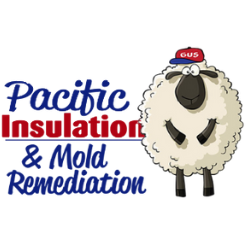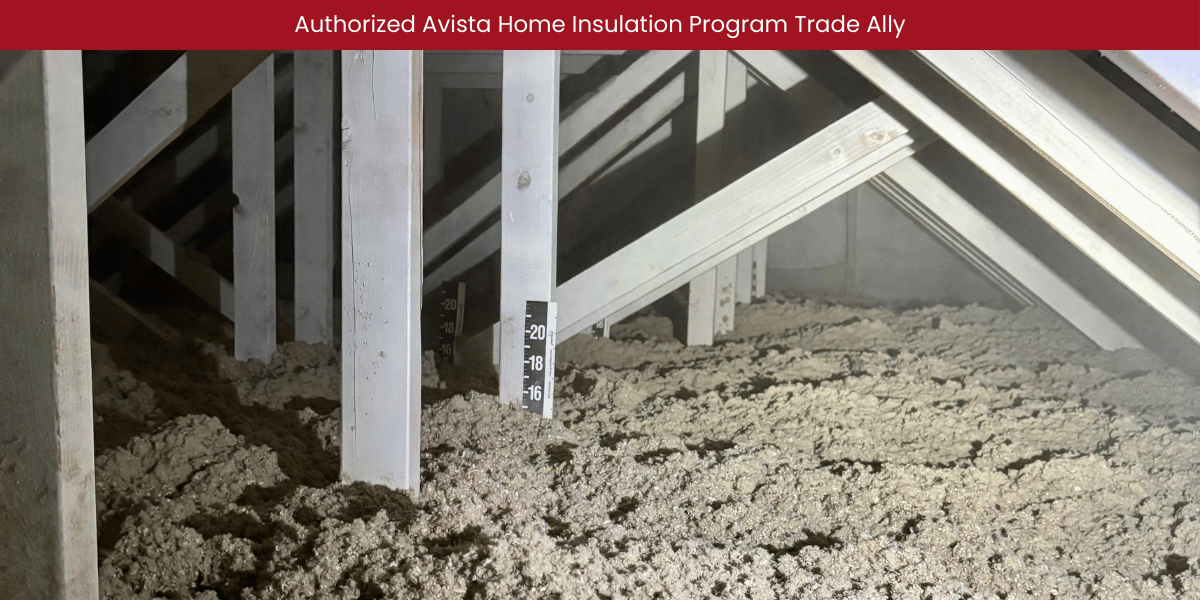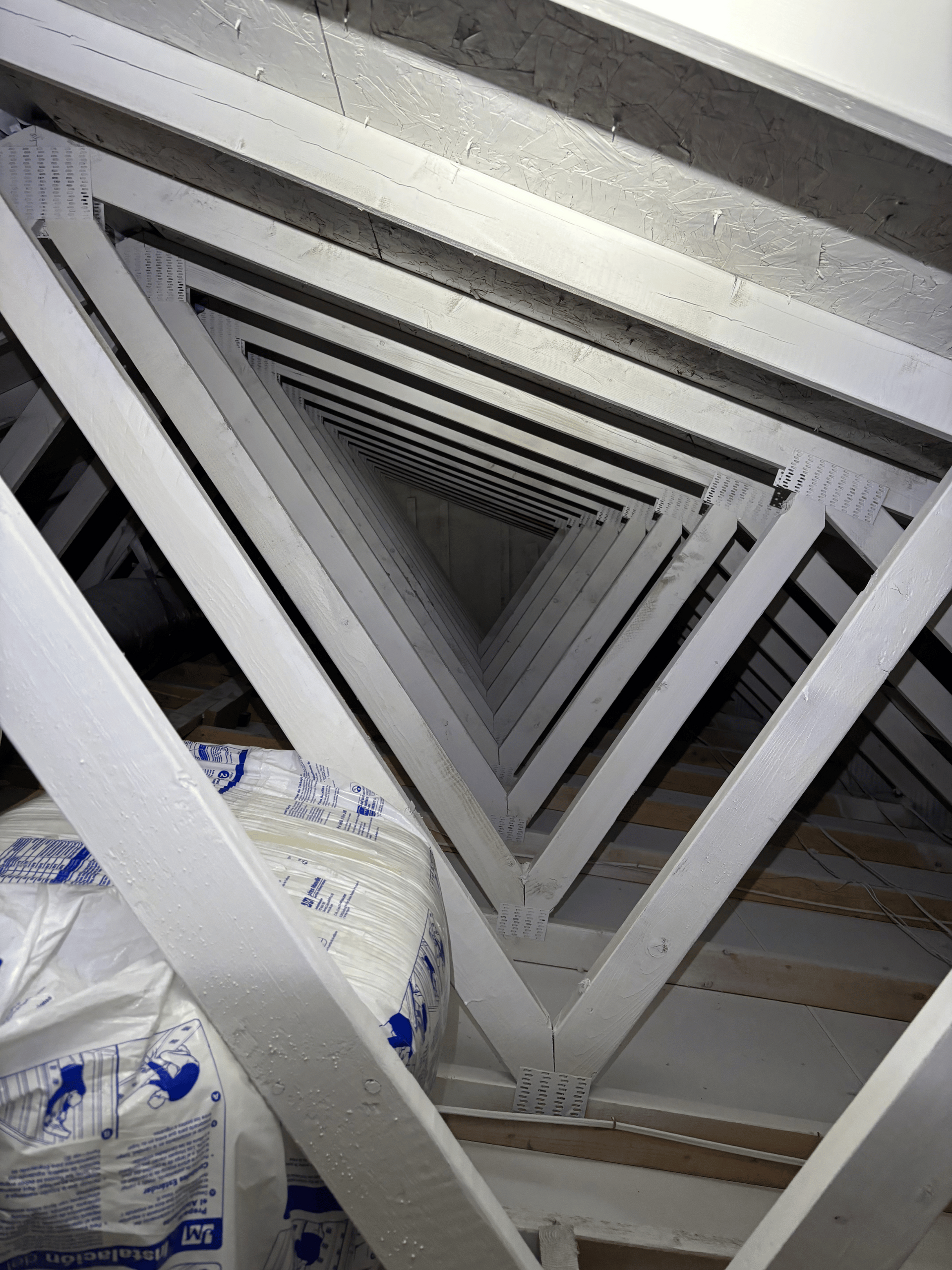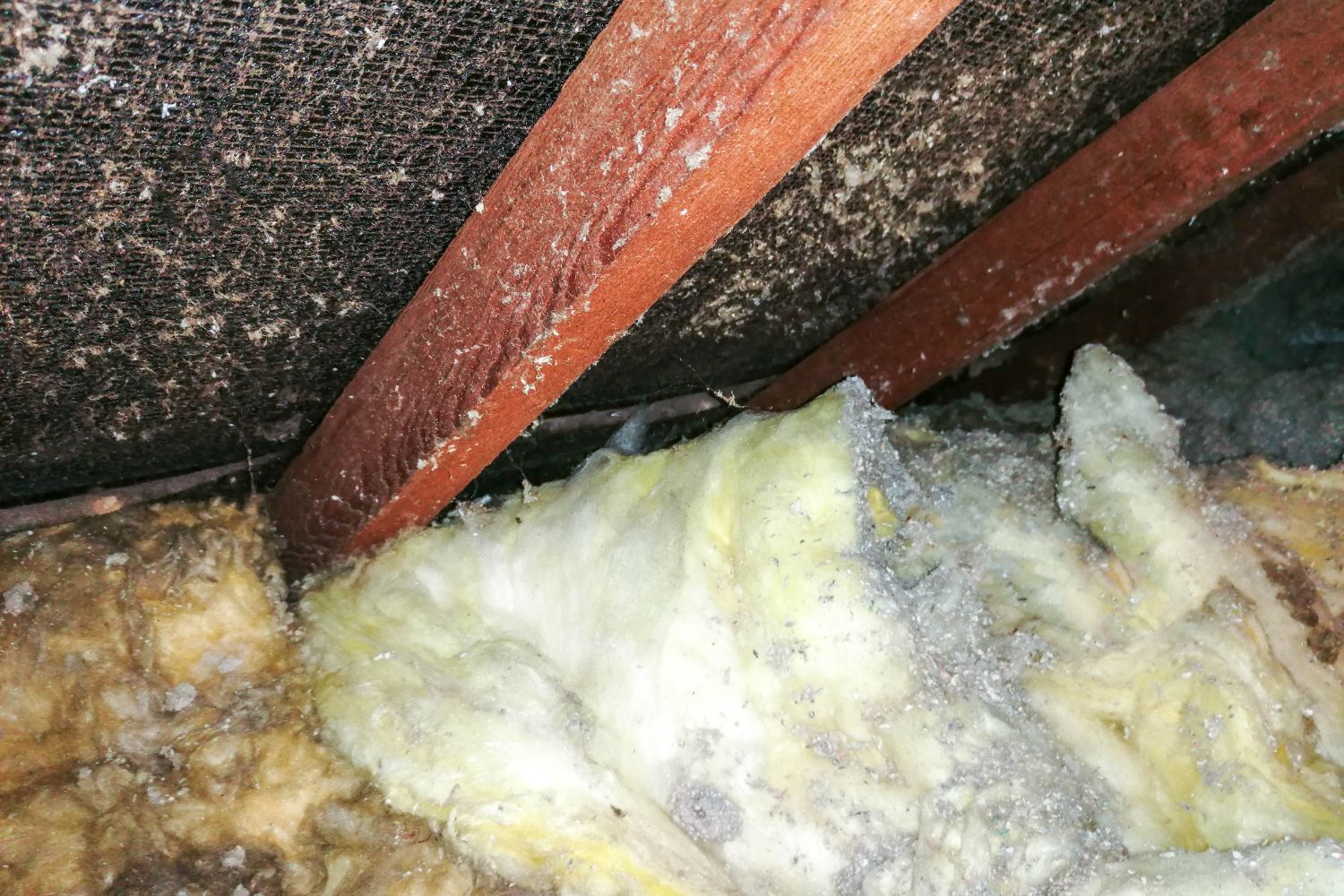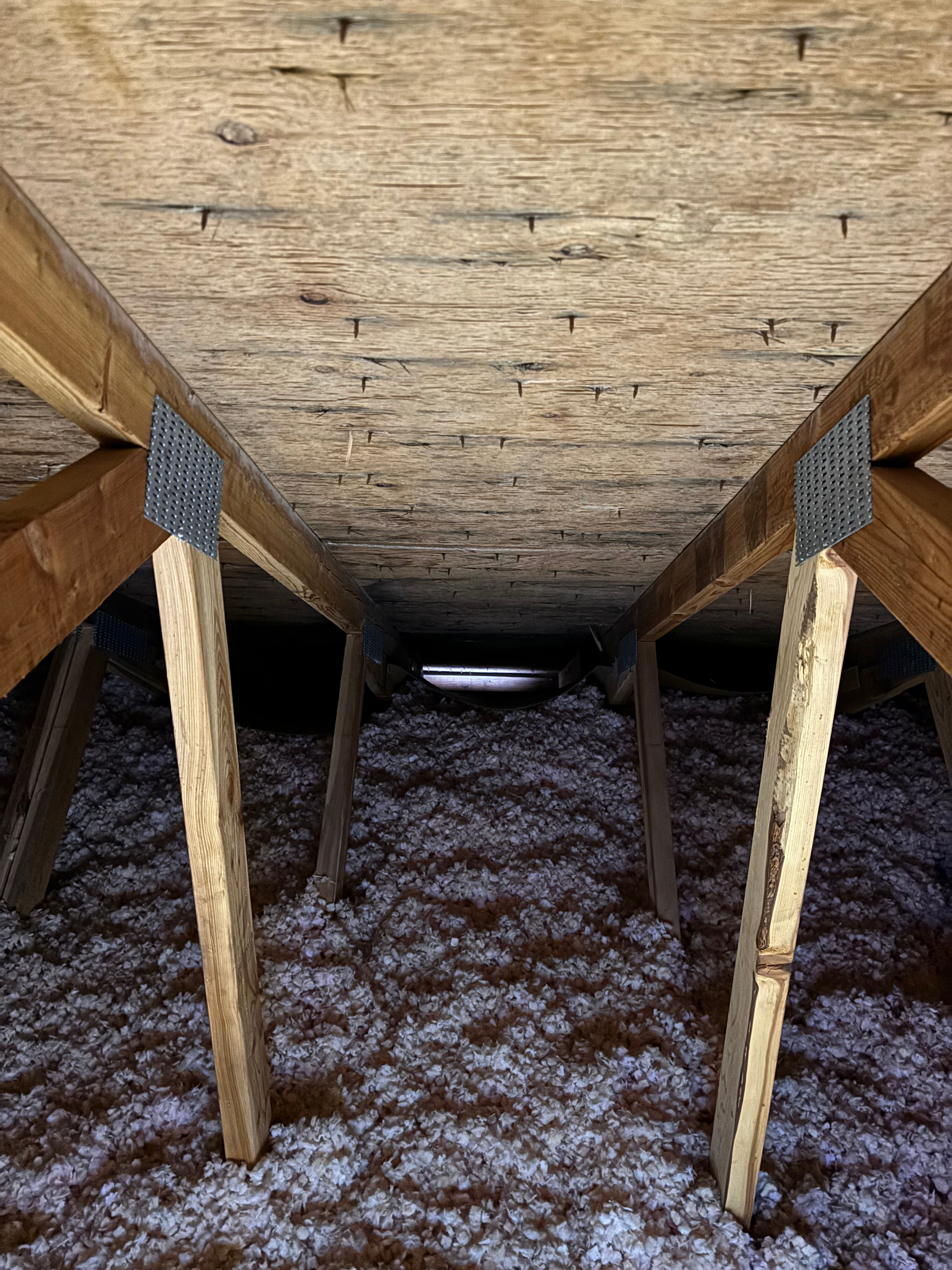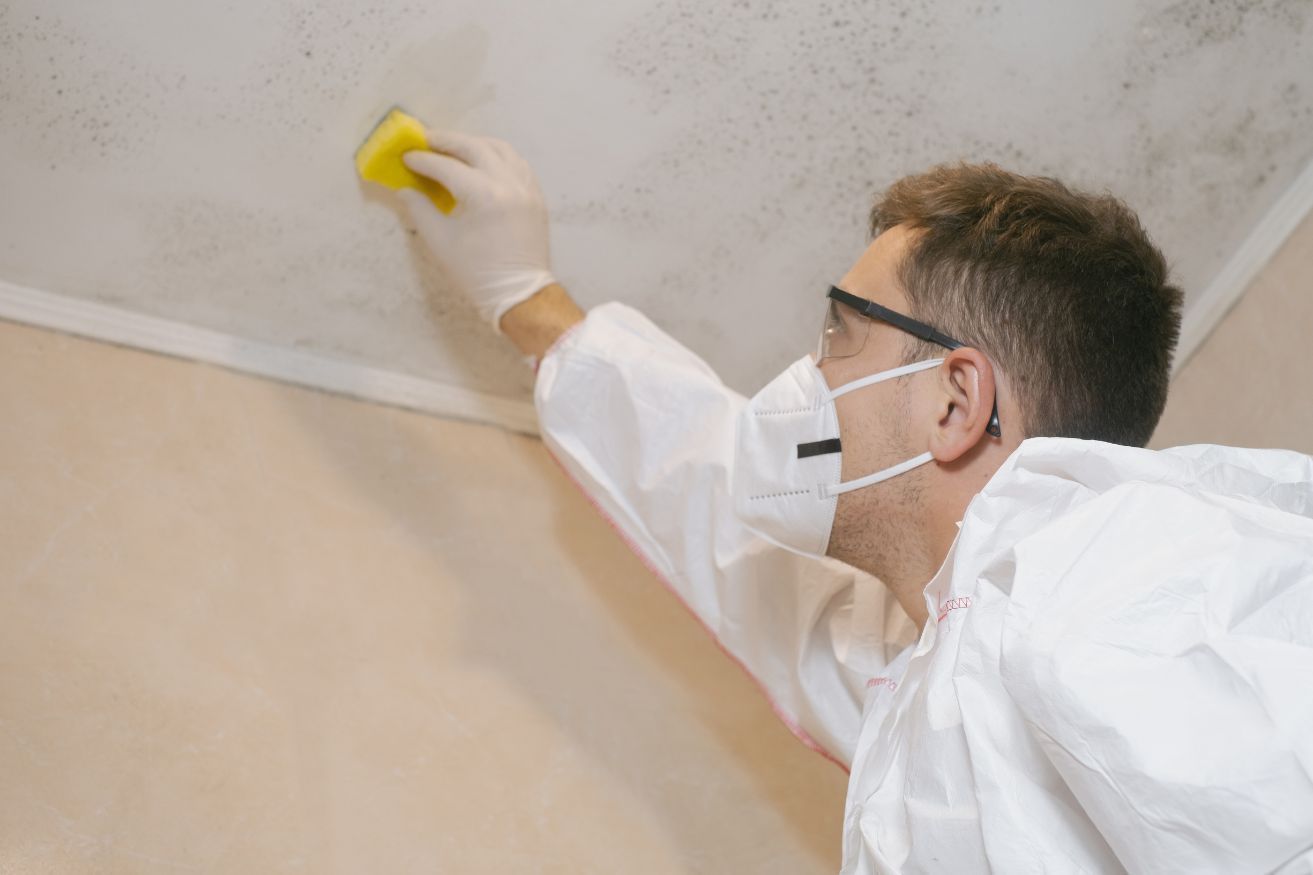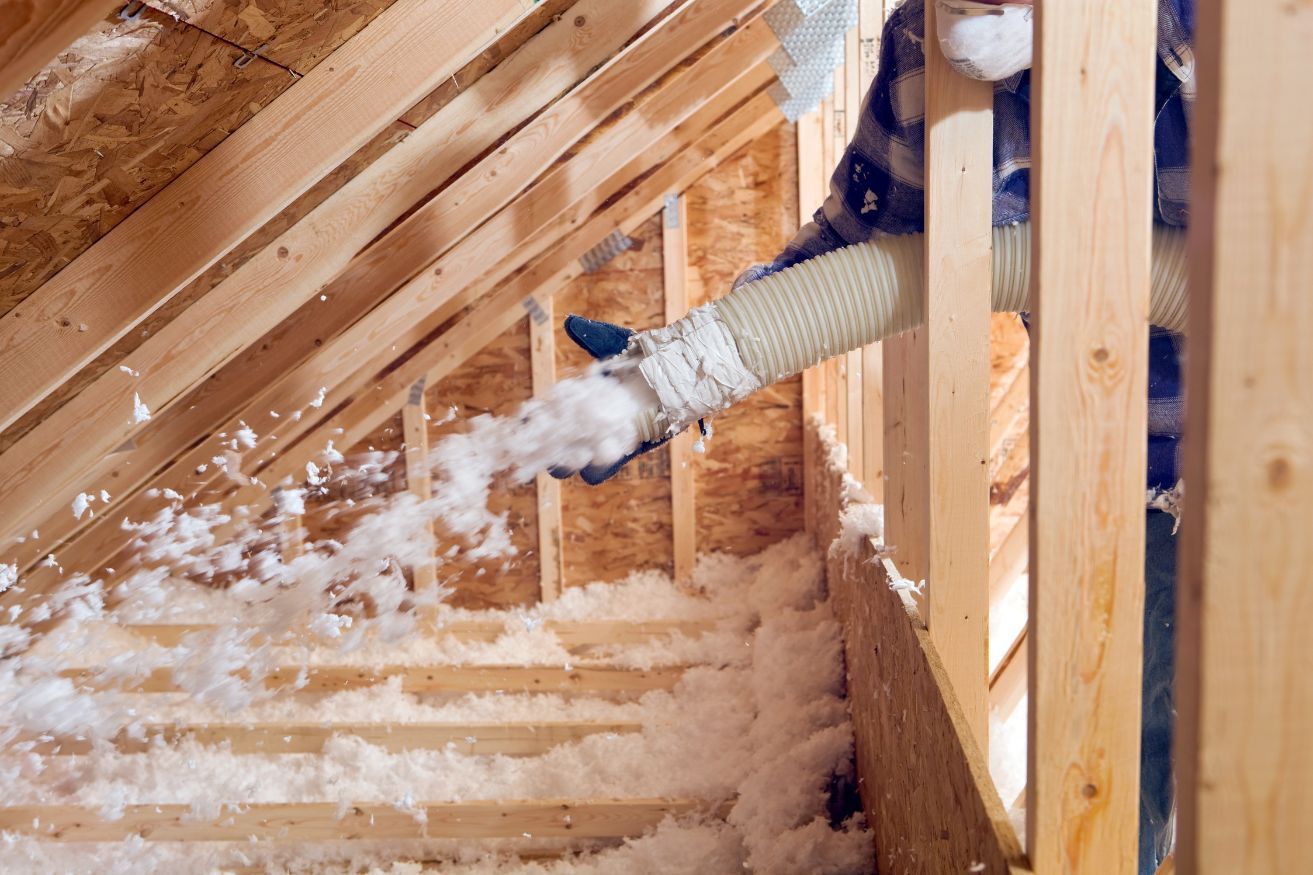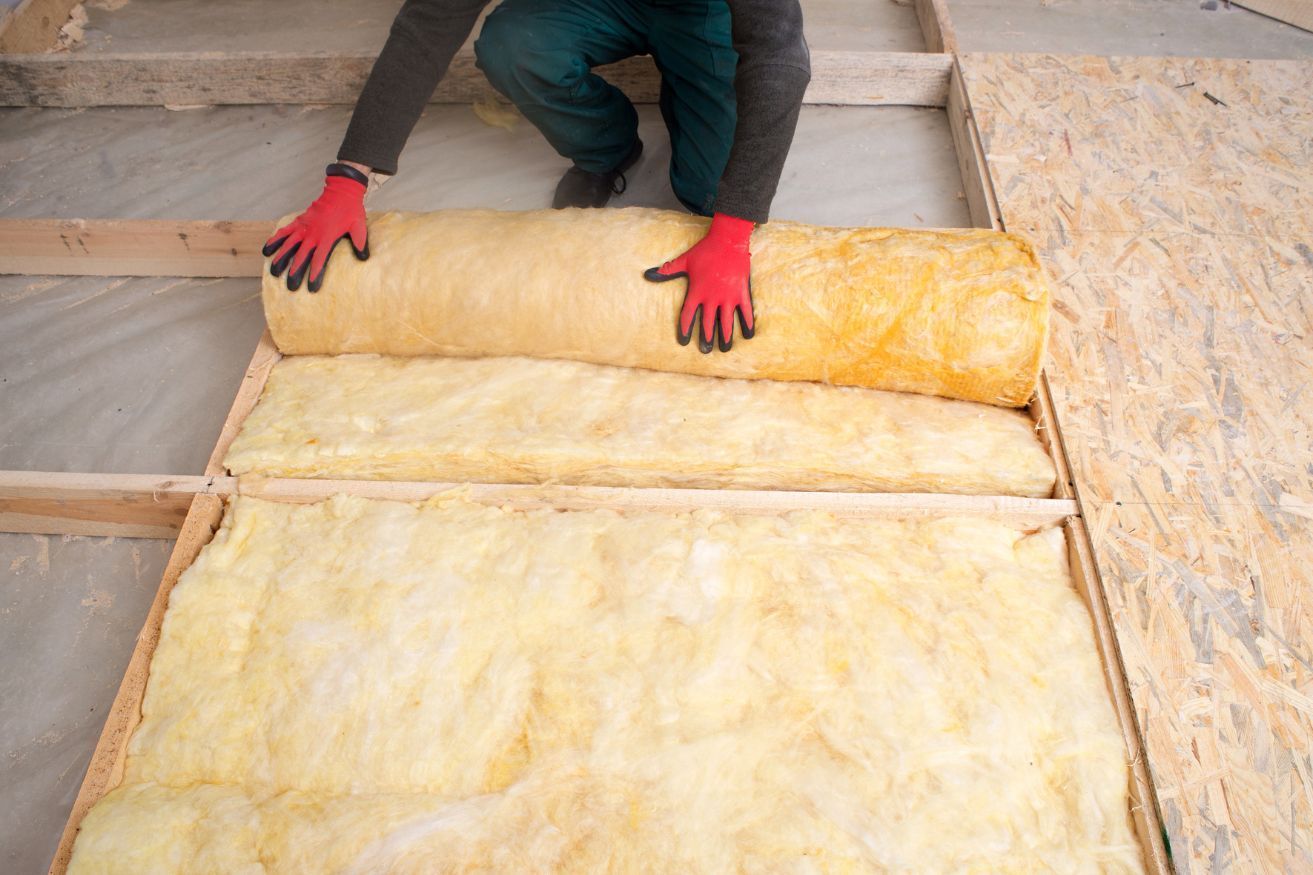How to Get Rid of Mold in Attic
How to Get Rid of Mold in the Attic: A Complete Guide for Homeowners
Discovering mold in your attic can be unsettling, but it’s more common than most people think — and it doesn’t mean your home is doomed. Learning how to get rid of mold in the attic quickly and correctly can save you thousands of dollars in repairs, protect your health, and preserve the value of your home.
Let’s break down what causes attic mold, how to kill mold in attic spaces safely, and why fast action is your best bet.
Is Mold in Attic Common?
Absolutely. In fact, is mold in attic common? Yes — extremely. Attics are one of the most mold-prone areas of a home because they’re usually dark, hot in summer, cold in winter, and poorly ventilated. Add in any moisture from roof leaks, poor ventilation, or improperly vented bathroom fans, and you’ve created the perfect habitat for mold to grow.
Is Mold in the Attic Dangerous?
Is mold in the attic dangerous? It can be. Some mold species are relatively harmless, but others — especially black mold — may cause respiratory irritation, allergic reactions, and worsen asthma symptoms. Mold spores can enter your living space through vents or attic access points and lower indoor air quality.
If you or your family experience increased coughing, sneezing, or headaches, and you suspect mold in attic space, don’t wait. It needs to be addressed fast.
What Does Attic Mold Look Like?
Want to see for yourself? Searching for mold in attic images can give you a rough idea — it can look like black streaks, white fuzzy patches, green stains, or even rusty-looking blotches on rafters, sheathing, and insulation. But keep in mind that not all discoloration is mold. A professional inspection will confirm if what you’re seeing is active mold growth.
Causes of Mold in the Attic
Before we jump into cleaning mold in attic spaces, let’s talk about what causes it:
- Roof leaks
- Bathroom fans venting directly into the attic
- Blocked soffit vents or poor airflow
- Missing or insufficient insulation
- Ice dams and condensation
Fixing the root cause is essential. Otherwise, you’ll be right back in the attic again next year — scrubbing the same spots and writing another check.
How to Get Rid of Mold in the Attic
Now for the good stuff — how to get rid of mold in the attic once and for all:
1. Identify the Source of Moisture
Before anything else, fix what’s feeding the mold. Patch any roof leaks, reroute exhaust fans outside, and make sure attic vents are clear and functioning.
2. Contain the Area
Close off the attic to prevent spores from spreading into the rest of the house. Professionals will use plastic sheeting and negative air machines.
3. Remove Contaminated Materials
If mold is growing on insulation or rotten wood, those materials may need to be removed. Don’t try to salvage mold-saturated insulation.
4. Kill the Mold
Here’s where knowing how to kill mold in attic areas comes in. Use EPA-registered antimicrobial solutions like VitalOxide, Concrobium, or Mold Control. Spray thoroughly and let it sit as directed. Scrub only if it’s safe and dry.
⚠️ Do NOT use bleach on wood — it’s ineffective and potentially damaging.
5. Dry It Out
Set up fans and dehumidifiers to ensure the attic is bone dry. Mold will return if moisture is still present.
6. Prevent Future Growth
Once the area is dry and mold-free, it’s time for prevention:
- Air seal attic penetrations
- Add or replace insulation
- Ensure all vents exhaust outdoors
- Consider a vapor barrier
Cleaning Mold in Attic: DIY or Call a Pro?
If you’re dealing with a small area (under 10 square feet) and have proper protective gear, cleaning mold in attic spaces yourself might be doable. But larger infestations or recurring mold call for professional help. Experts have the training and equipment to ensure thorough remediation without cross-contamination.
Final Thoughts
While mold in attic space is common, it’s not something to ignore. It spreads fast, damages your home, and can harm your health. Whether you go DIY or hire professionals, knowing how to get rid of mold in the attic starts with understanding the cause, eliminating the contamination, and preventing it from ever coming back.
Need help with attic mold remediation in Spokane or Coeur d’Alene?
Pacific Insulation & Mold Remediation is your trusted local expert in mold removal, attic air sealing, and insulation upgrades. Serving our community since 2012, we help homeowners reclaim their attics and breathe easy again.
📞 Call now for a free estimate: (509) 879-0495
🌐 Visit us online: insulationspokane.com
#howtogetridofmoldintheattic #atticmoldremoval #cleaningmoldinattic #moldremediation #atticproblems #moldinatticspace #killmoldinattic #spokanemoldremoval #moldinattic #moldtreatment #atticrepair
https://www.insulationspokane.com/mold-remediation/mold-treatment
